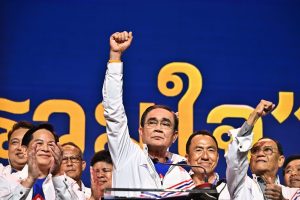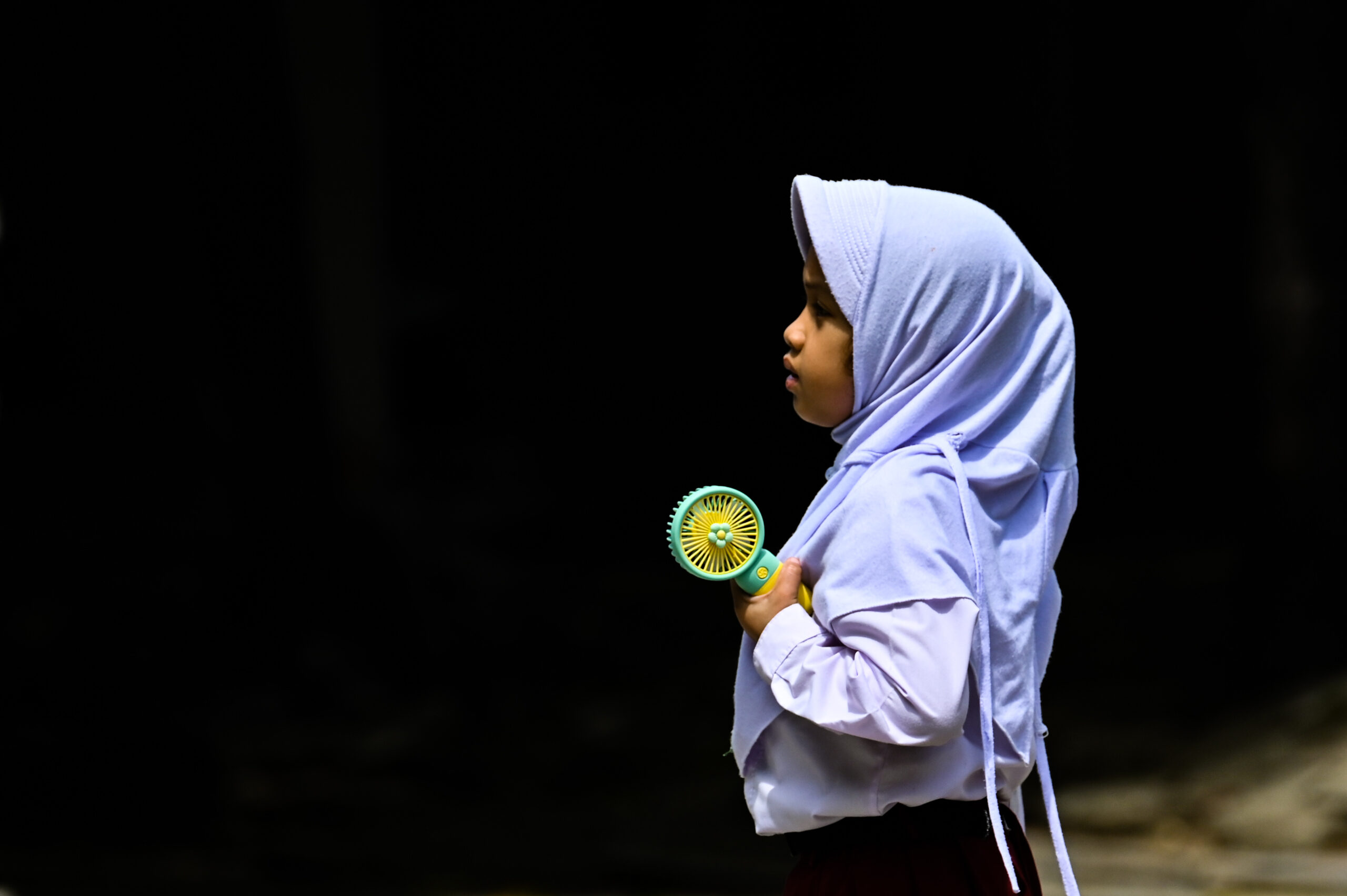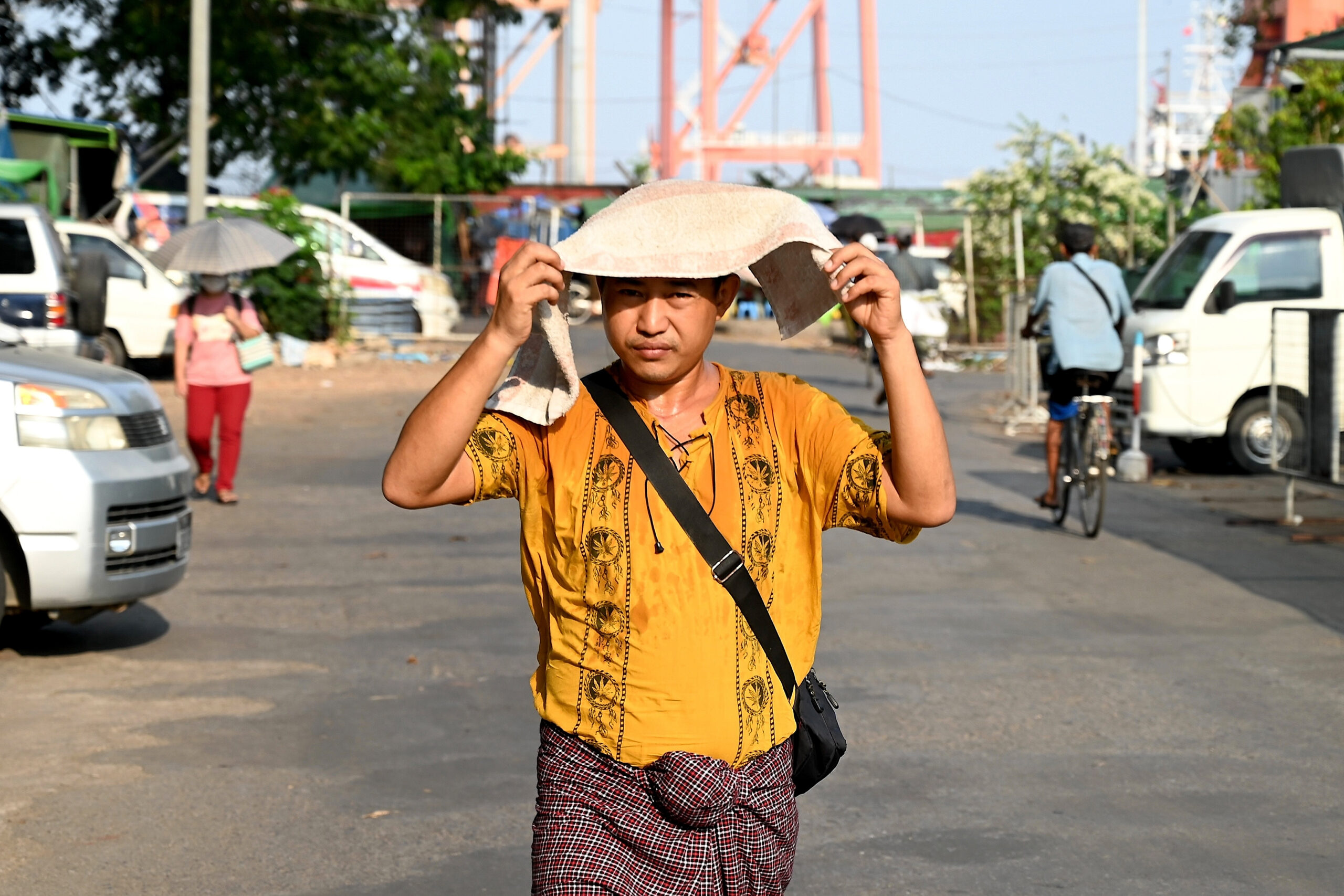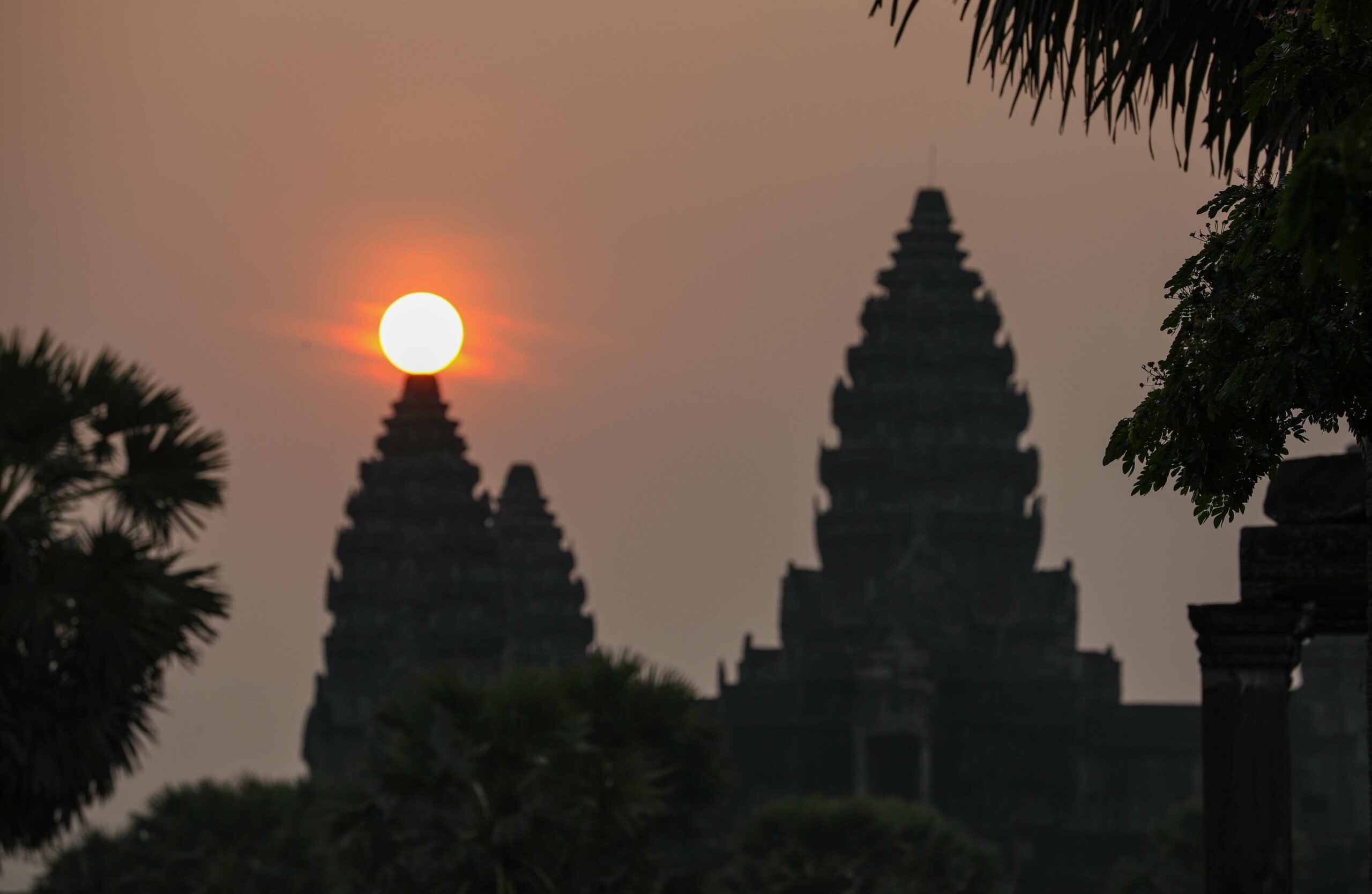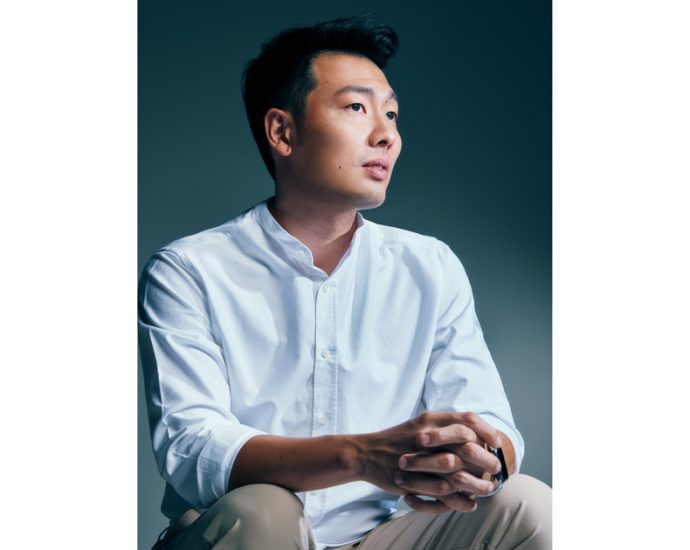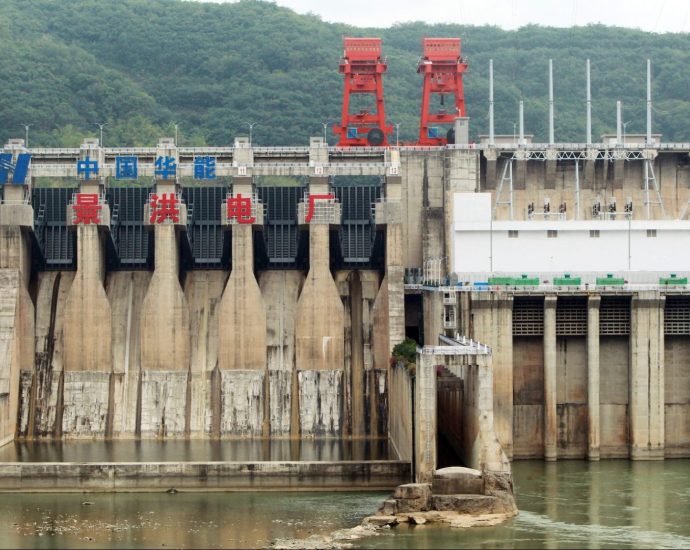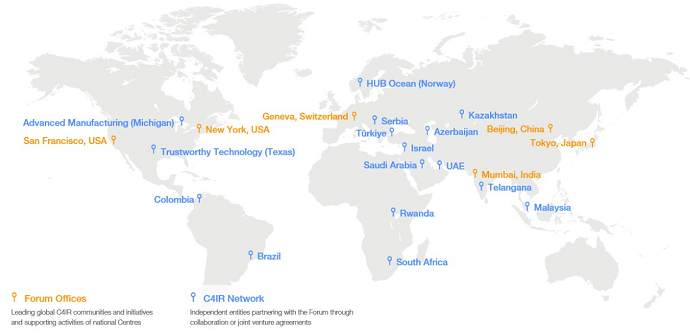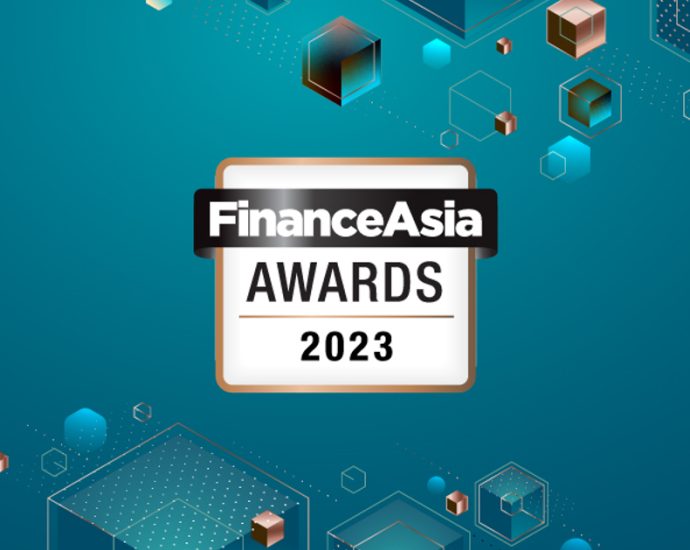Thailand is on the verge of a new democratic spring

The last time voters headed to the polls in Thailand was in 2019, following five years of a repressive military dictatorship. Thai voters spoke nervously of their democratic aspirations and allowed a military-led government into power.
Now, after four years of a functioning parliamentary democracy, Thai voters have roared. In Sunday’s parliamentary election, they appear to have resoundingly rejected the junta and its successor military-proxy parties.
Also read: A resounding vote for change in Thailand
Thailand’s most progressive party, Move Forward, looks set to gain the most seats in the new Parliament. Close behind is the more established and similarly liberal Peua Thai party of the polarizing Shinawatra dynasty.
Following them in third place is Bhumjaithai. This rural-based, more traditional party of patronage politics had recently been the previous government’s coalition partner.
Trailing far behind, in fourth and fifth place, are the two military-proxy parties: Palang Pracharat, headed by former deputy prime minister and army chief Prawit Wongsuwan, and United Thai Nation, headed by current Prime Minister Prayut Chan-ocha, leader of the 2014 coup.
Resistance to military’s role
The result reflects a huge boost in support for Move Forward, which won half as many seats outright in the 2019 election. Now, Move Forward looks likely to take all of but one of the 33 Bangkok seats in Parliament, which in the past was seen as the stronghold of Peua Thai.
It is hard not to wonder whether the strong performance of recently elected Bangkok Governor Chadchart Sittipunt, an independent who has set new standards in transparency, accountability and pure hard work, might have affected the choices of Bangkok voters.
Move Forward has a similar leader in the Harvard-educated former businessman Pita Limjaroenrat – someone who is both well-educated and business-minded.
The formation of a new government trenchantly opposed to the involvement of the military in politics seems logical, potentially ushering in a new progressive, democratic era in Thai politics, with Pita as the new prime minister.
This could be transformational for all of Southeast Asia – especially the countries on the mainland. Democratic institutions have taken a battering in the region in recent years, with Myanmar’s 2021 coup and Cambodia’s turn to increasingly autocratic rule under Hun Sen.
The dramatic decline in support for Thailand’s military-aligned incumbent government likely reflects a general sentiment among the Thai people that it was simply time for the military to go.
Prayut has been prime minister since May 2014, when as a military officer he undertook a coup against Yingluck Shinawatra’s democratically elected government. Since then, the Thai people have grown tired of his autocratic style of rule, short temper and mediocre management of the economy.
To speculate further, Thais may feel that the military’s job in overseeing a monarchical transition from Rama IX to Rama X is well and truly now complete.
No guarantees
But the election result also doesn’t guarantee Thailand’s opposition forces will be able to form a government.
The primary challenge facing the leading parties is the illiberal design of the 2017 constitution. Because it contains a clause allowing 250 unelected, junta-appointed senators to participate in a joint sitting to choose the next prime minister, the military-proxy parties can still, in theory, cobble together a coalition to retain power.
If they received the support of the parties that made up the previous government (Bhumjaithai and the Democrats), they could form a ruling coalition with the roughly 170 seats they all won in total in Sunday’s vote, along with the support of the 250 junta-appointed senators.
If this were to occur, they would be a minority government, unable to pass laws without opposition support, and subject to no-confidence motions. But they might hope they could lure away opposition parliamentarians, using various inducements like ministerial positions, to achieve a majority in the lower house.
The second challenge for the opposition parties is forming a democratic coalition. Will Peua Thai accept Pita as prime minister, rather than one its own three candidates, Srettha Thavisin, Paetongtarn Shinawatra or Chaikasem Nitisiri, as the prime-ministerial candidate? Would Peua Thai try to elevate Paetongtarn – the daughter of former prime minister Thaksin Shinawatra – into the role?
Another major question is whether Peua Thai would agree to Move Forward’s controversial policy of reforming Thailand’s draconian lèse-majesté law. Move Forward wants to change the law, which criminalizes insulting the monarchy, so it is less vulnerable to being weaponized as a way to attack political opponents. The party insists this is not a step toward becoming a republic.
The chances of the two parties forming a working coalition would be strengthened if they could bring Bhumjaithai into the government. That party has swung between both sides of the political spectrum over the decades.
But this would mean Bhumjaithai accepting the stances of both Move Forward and Peua Thai to roll back Thailand’s controversial decision last year to decriminalize marijuana. Both parties are proposing to restrict use to medical purposes.
Bhumjaithai’s leader, Anutin Charnvirakul, the current health minister and a cannabis advocate, has insisted that changing Thailand’s cannabis law is non-negotiable for his party.
Threat of ‘judicial coup’
The third challenge facing the opposition parties is perhaps the most worrying. This is the possibility the conservative establishment in Thailand will find a way to invalidate the election result through court action, or a “judicial coup,” as it has become known in Thailand.
There are strong precedents for this, as previous progressive parties have been dissolved through court rulings – a misfortune yet to befall any of the conservative parties.
Pita is currently facing a lawsuit related to his possession of shares in a media company. Meanwhile, Peua Thai is facing litigation related to allowing “outsiders” to run its affairs.
There is reason to think we may know the election outcome sooner than in 2019. The Electoral Commission seems to have performed more competently in counting votes this time, and does not have to decide how to implement a complicated formula to allocate party-list seats. This means the joint sitting of Parliament should happen faster and a coalition will soon emerge.
But only then will we have any certainty the people’s voices have truly been heard.
Greg Raymond is a lecturer at the Australian National University.
This article is republished from The Conversation under a Creative Commons license. Read the original article.

